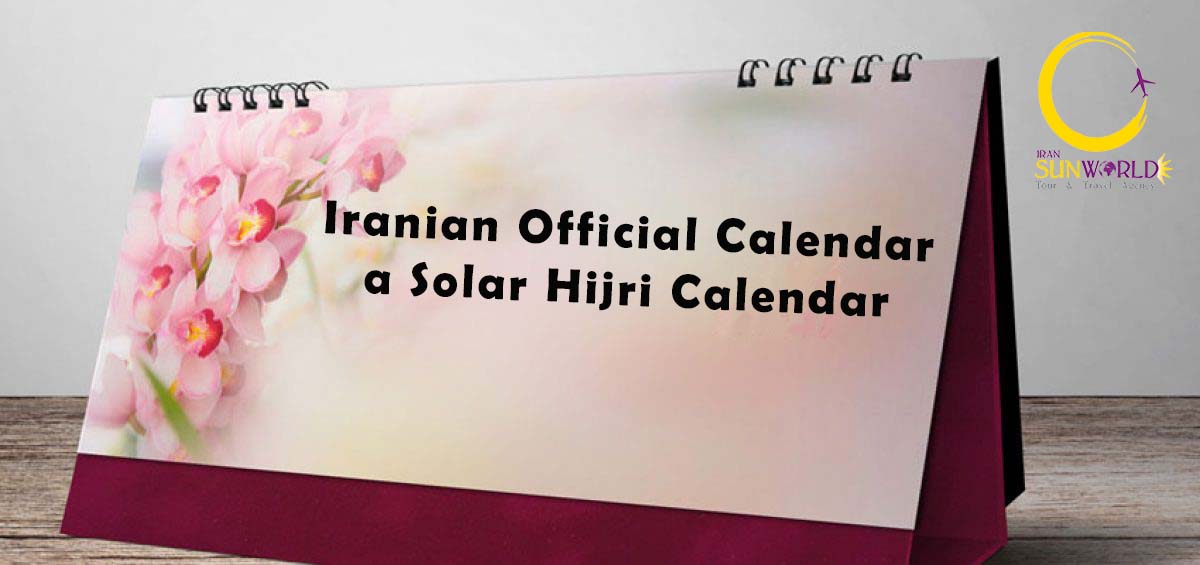
Persian Calendar, a Solar Hijri Calendar
Iranian official calendar (Persian calendar) used for over two millennia is one of the longest chronological in human history. This calendar has been modified time by time. The modern calendar is currently the official calendar in Iran since 1925. This calendar also has been used as the Afghanistan official calendar since 1975 too.
Iranian calendar which is one of the world’s most accurate calendar systems based on astronomical observation is in accordance with the movement of the Earth around the Sun and that is why it is called Solar Hijri Calendar (SH Calendar).
Persian calendar is in coincidence with the nature revolution and seasonal changes. Persian new year starts exactly at the first second of Spring and other seasons start with the first day of months.
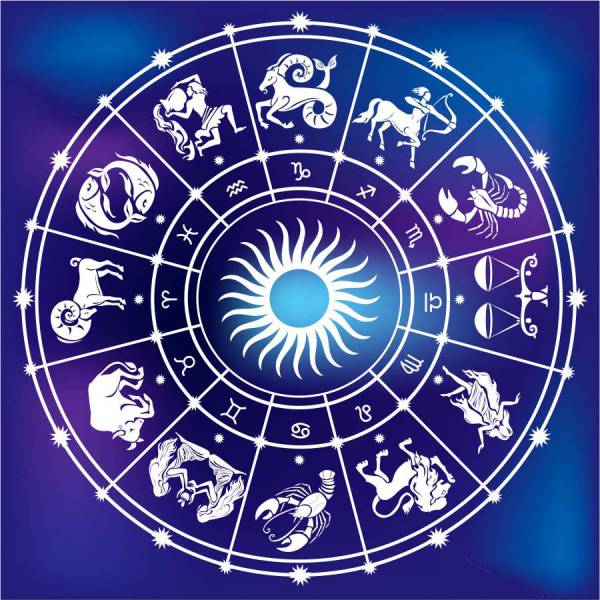
Some Frequently Asked Questions:
Question 1: What is the year in the Persian calendar?
Answer:
The year 2023 in the Gregorian calendar is equivalent to the year 1402 in the Iranian calendar.
Question 2: What is the type of Persian calendar?
Answer:
The Persian calendar is a solar calendar, and hence it has been started with the Prophet Mohammad’s migration (Hijrat) to Medina in 622 CE, it is a solar Hijri calendar.
Question 3: Is the Persian calendar as the same as the Iranian calendar?
Answer:
Yes, they are exactly the same. In fact, Persian is another definition for Iranian or the things related to Iran which previously was called Persia.
Question 4: Is the Persian calendar as the same as the Hijri calendar, used among most Muslim countries?
Answer:
The short answer is No, They are different.
Iranian Calendar Vs. Muslim Calendar
It should be notified that the Solar Hijri Calendar should not be confused with Hijri Calendar, a lunar calendar, which is used in many Muslim countries. Both the solar hijri and hijri year count has been started with the Prophet Mohammad’s migration (Hijrat) to Medina in 622 CE. However, the difference between them is based on the movement of the moon or Earth. in fact Hijri calendar is based on the movement of moon around the earth but Persian calendar is based on the movement of earth around the sun which is 11 days longer than a lunar year. Hence for instance,the year 1398 in the Solar Hijri Calendar corresponds to the year 1441 in the Hijri calendar. It makes the Persian calendar more accurate and fixed in seasons (new year starts at the first moment of spring every year in spite of lunar Hijri calendar that changes over the years).
Information about Iranian Calendar
Persian New year starts with the beginning of the Spring and vernal equinox in Iran. In fact, the first day of the Spring (corresponds to March 20, 2020) is the first day of the year that is also the first day of the greatest festival of the year called Nowruz celebrated around the world by Iranians. This festival is held to welcome the spring and new year and runs a course of 13 days.

Persian Calendar or Iranian Calendar consists of 365 days in a year while a leap year has 366 days (such as the year 2020 that is a leap year). There is not an exact mathematical rule to determine the leap years because the Persian calendar is an observational one. Indeed, the number of days between two vernal equinoxes assign if the last month of the year that is called Esfand is 29 or 30 days. However, several proposals have been made to approximate the accuracy of the Solar Hijri calendar.
The first six months that are in spring and summer (Farvardin, Ordibehesht, Khordad, Tir, Mordad, and Shahrivar) have 31 days; months seven through eleven that are in fall and winter (Mehr, Aban, Azar, Day, and Bahman) has 30 days; and the last month (Esfand), as mentioned, has 29 days in usual years and 30 days in leap years. The Persian and Gregorian (Julian) months in 2020 are as follow:
| English Months | Persian Months |
| January | Day 11 – Bahman 11 |
| February | Bahman 12– Esfand 10 |
| March | Esfand 11- Farvardin 12 |
| April | Farvardin 13- Ordibehesht 11 |
| May | Ordibehesht 12- Khordad 11 |
| June | Khordad 12- Tir 10 |
| July | Tir 11- Mordad 10 |
| Agust | Mordad 11 -Shahrivar 10 |
| September | Shahrivar 11 – Mehr 9 |
| October | Mehr 10- Aban 10 |
| November | Aban 11- Azar 10 |
| December | Azar 11 – Dey 11 |
In the Persian calendar, every week begins on Saturday and ends on Friday. Friday is the weekend and Saturday is the first day of the week in Iran. The name of the days of the week are as follow:
| Persian Name | English Name |
| Shanbeh (Shambeh) | Saturday |
| Yek Shanbeh (1 Shanbeh) | Sunday |
| Do Shanbeh (2 Shanbeh) | Monday |
| Se Shanbeh (3 Shanbeh) | Tuesday |
| Chahar Shanbeh (4 Shanbeh) | Wednesday |
| Panj Shanbeh (5 Shanbeh) | Thursday |
| Jomeh | Friday |
Omar Khayyam and Iranian Calendar
Although a number of different calendar systems were used in Iran through the centuries (e.g. Zoroastrian and Islamic calendar), the first version of the Iranian calendar was developed in the 11th century by Omar Khayyam (an Iranian philosopher, astronomer, mathematician and poet) and his fellowmen. In 1079 CE, the Islamic calendar was replaced by Khayyam’s calendar by Jala Al-Din Shah Seljuqi’s order. Khayyam’s calendar called Jalali Calendar was the result of 8-year efforts and was very accurate. since then it is used in many countries and Khayyam’s calculations are used in other calendar systems to calculate the correct dates. According to Khayyam’s calendar, the first day of spring is exactly the first day of the New Year called Nowruz. In fact, before Khayyam’s calendar, Nowruz could fall in later winter and early spring; indeed, it was not a fixed day.

Iran’s Public Holidays
Iran’s public holidays commemorate both religious and secular events.
The biggest Iran secular event is the Persian New Year. It is 13 days. However, the public offices are off duty Farvardin 1-4 (March 21–24). The other festivals include Oil Nationalisation Day (March 20); victory of the Islamic Revolution of Iran (February 11); Islamic Republic Day (April 1); Sizdah be Dar or Iran Nature Day (April 2); death of Ayatollah Khomeini, the Leader of Islamic Republic of Iran (June 4); and anniversary of the Arrest of Ayatollah Khomeini (June 5).
The most important Iran religious holidays (based on lunar calendar) include Tasua (Moharram 9); Ashura (Moharram 10); Arbaeen (Safar 20); Martyrdom of the Prophet Mohammed (Safar 28); Martyrdom of Imam Reza (Safar 30); Birth of the Prophet Mohammed (Rabi-ol-Aval 17); Martyrdom of Fatima (Jamadi-al-Okhra 3); Birth of Imam Ali (Rajab 13); Ascension of Holy Prophet (Rajab 27); Birthday of Imam Mahdi (Shaban 15); Martyrdom of Imam Ali (Ramazan 21); Eid al-Fitr (Shavval 1); Martyrdom of Imam Jafar Sadegh (Shavval 25); Eid-e Ghorban (Zu-l-Hejjeh 10); and Qadir-e Khom (Zu-l-Hejjeh 18).
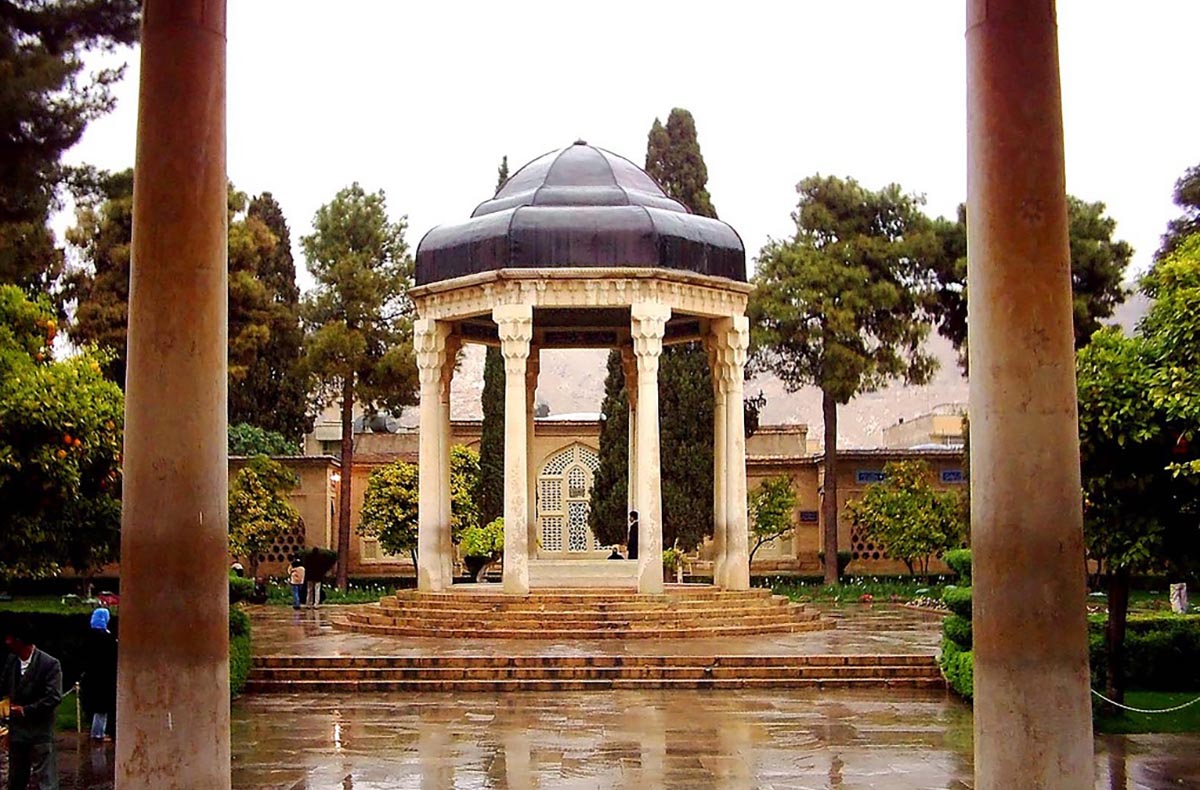
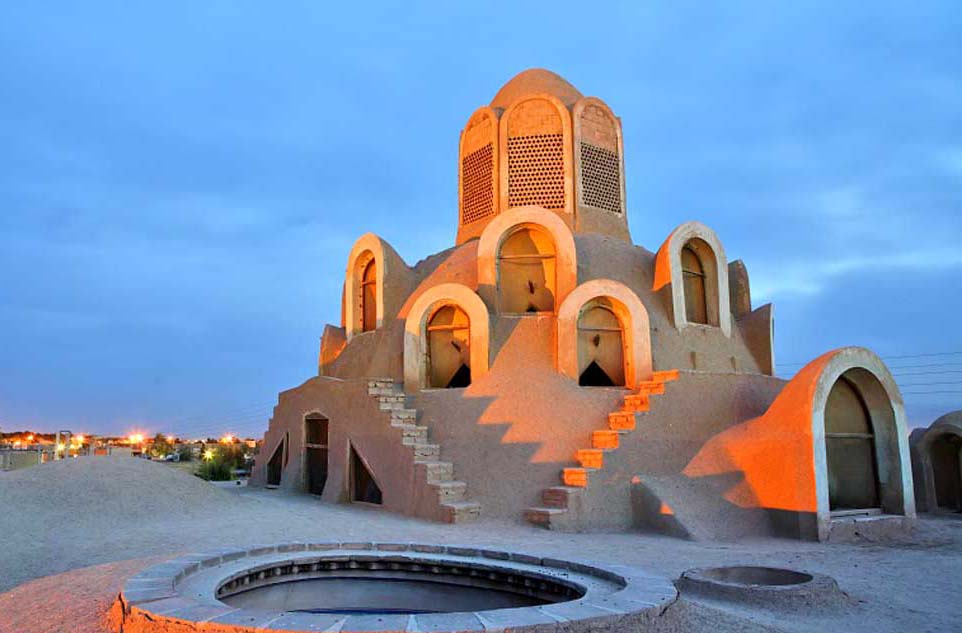
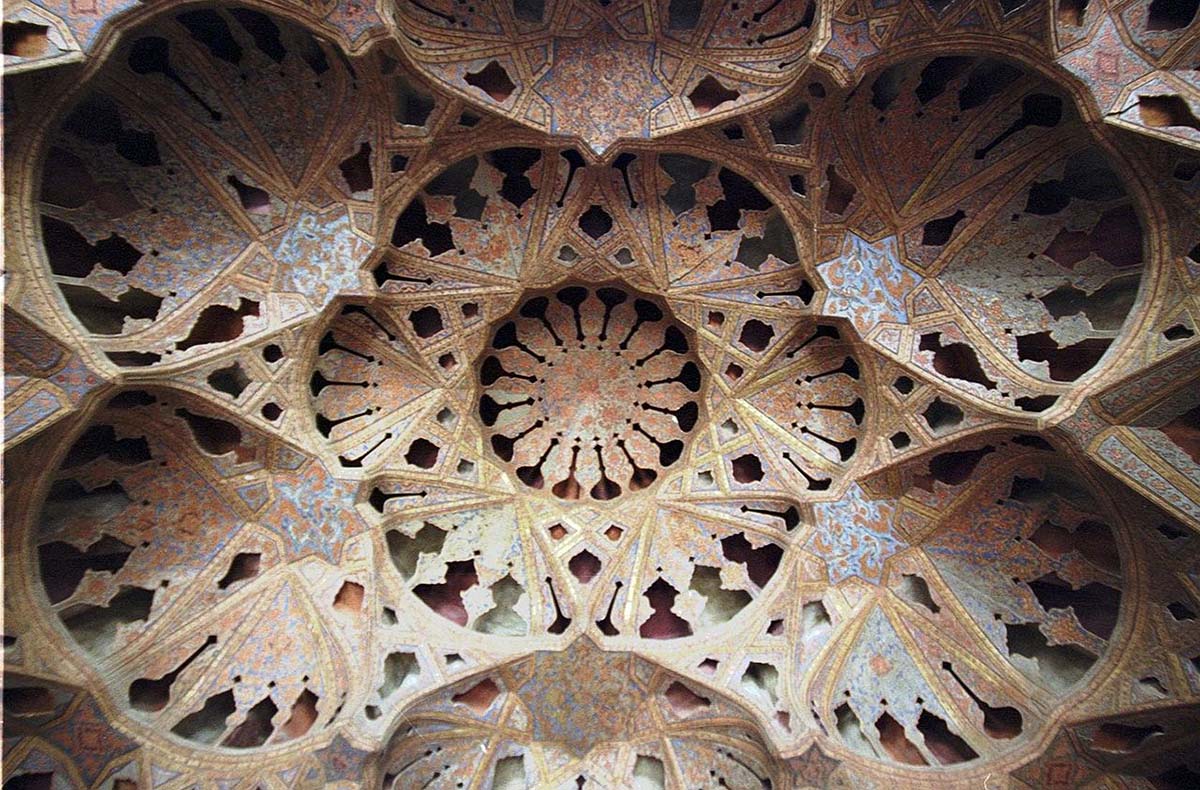
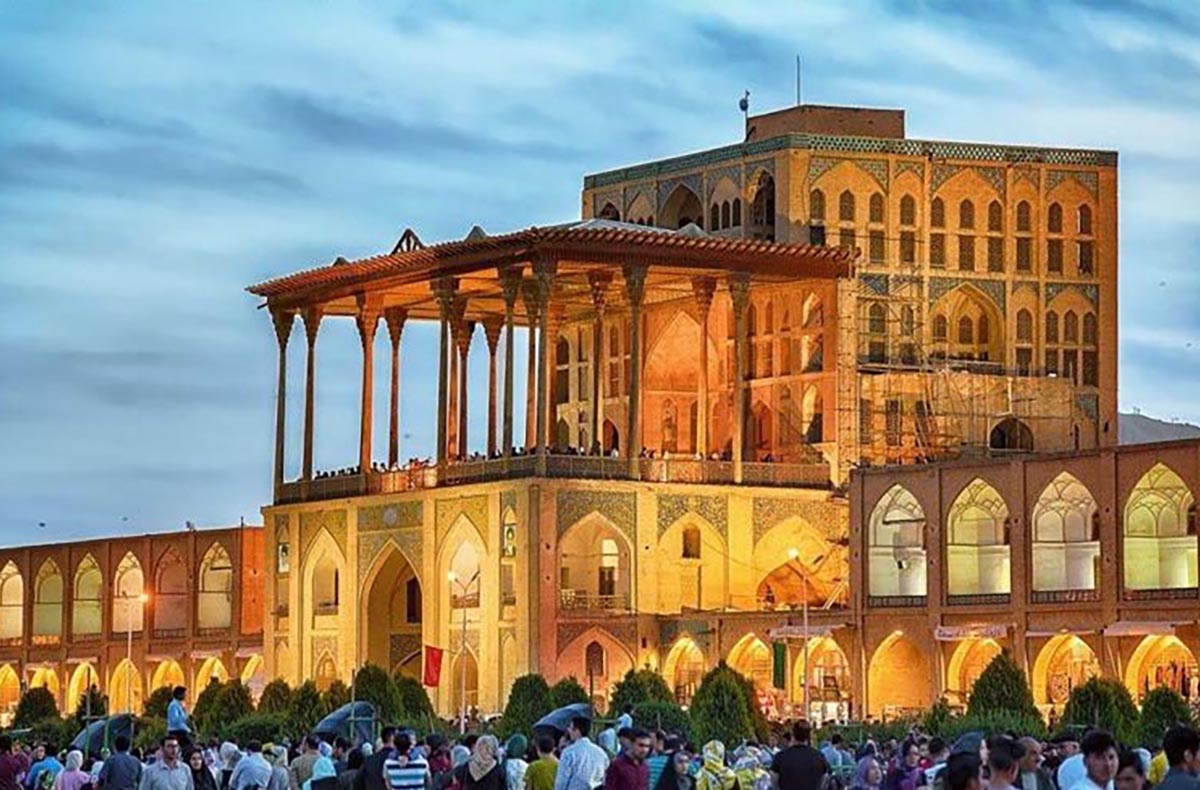
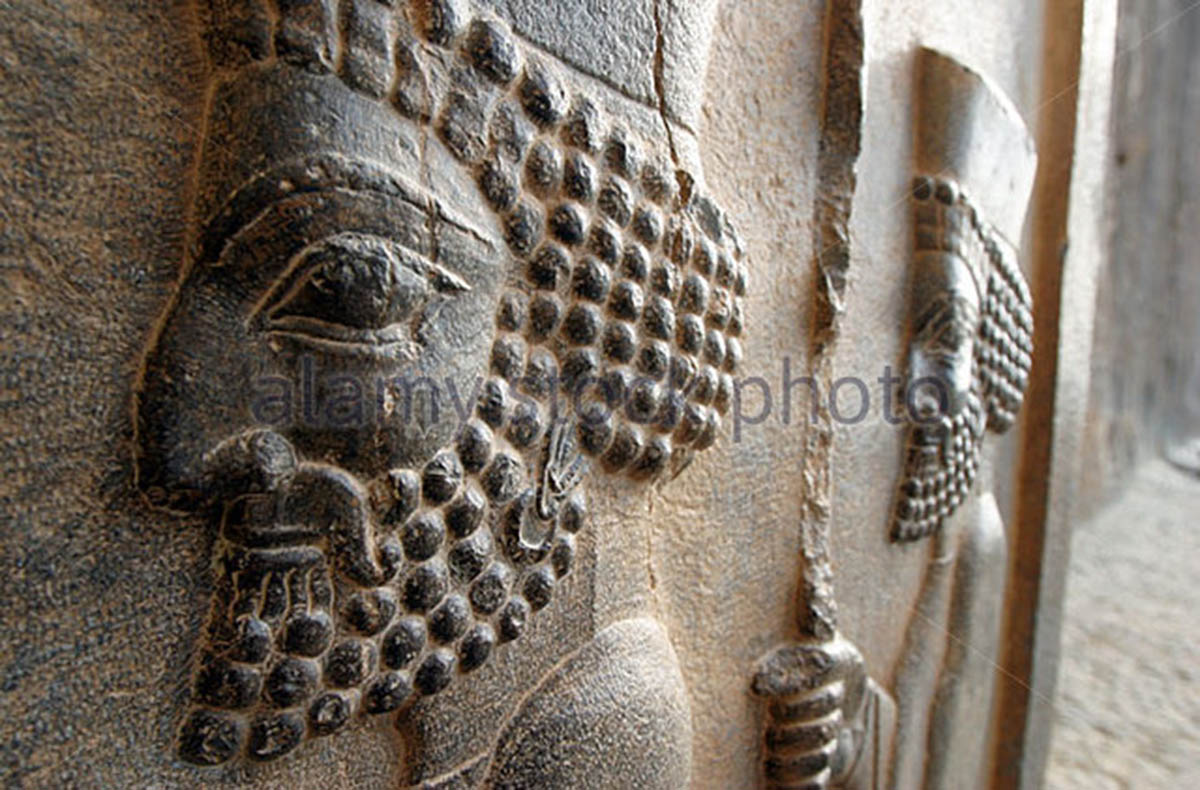
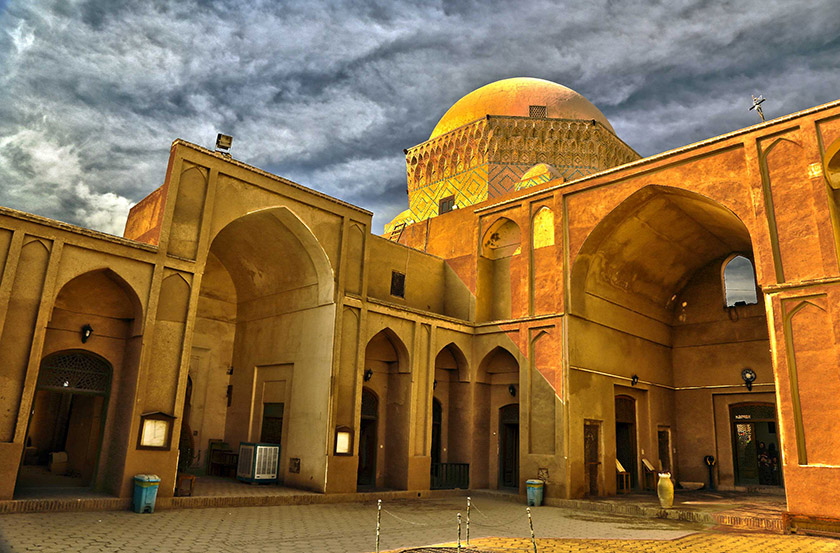
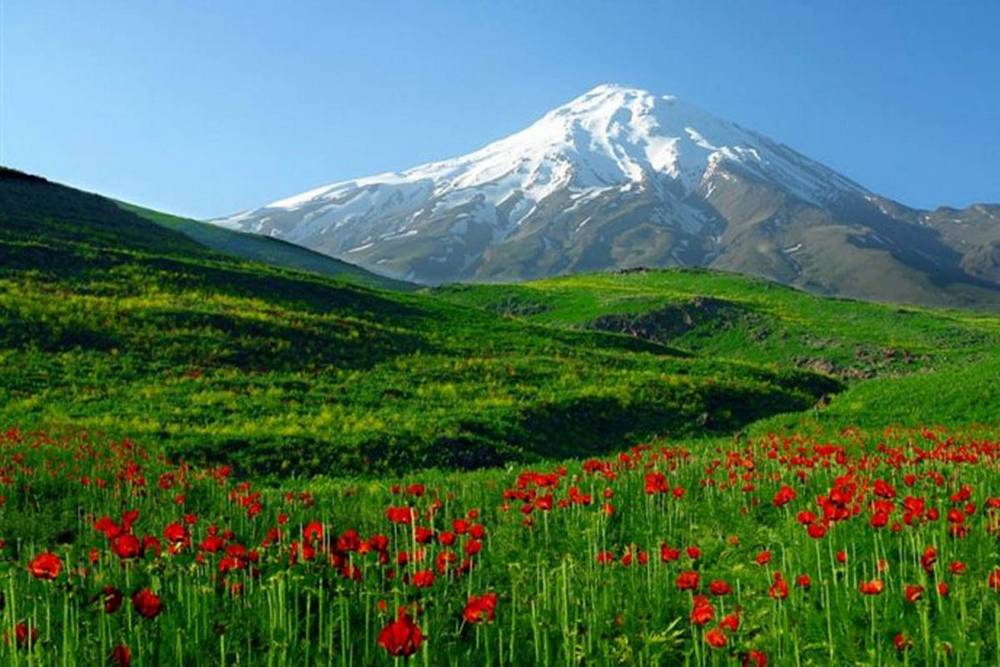

 فارسی
فارسی  русский
русский Française
Française Español
Español Deutsch
Deutsch 中文
中文 العربیة
العربیة